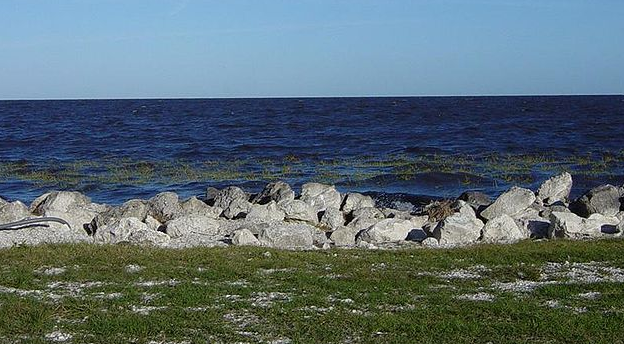By Greg Lovett for Miami Herald
[dropcap]T[/dropcap]he reopening of the flood gates around Lake Okeechobee last week underlined the perilous state of South Florida’s vulnerable water system. Water managers were forced to act because recent heavy rains produced dangerous water levels in the lake and around nearby communities.
This is the perennial problem of Lake Okeechobee. Unusual amounts of rainfall increase pressure on the dikes that could lead to a disaster. “Our main purpose right now is public safety,” said Jim Jeffords, Operations Division Chief for the Jacksonville office of the Corps of Engineers, explaining the latest discharge.
It comes at a high cost, however. The discharge released millions of gallons of polluted water into the St. Lucie and Caloosahatchee rivers, further degrading estuaries on Florida’s Atlantic and Gulf Coasts and causing incalculable damage along the coastal areas on both sides of the Florida peninsula.
There has to be a way out of this recurring environmental nightmare — and there is: Buy more land south of the lake so that discharges can be sent in that direction. Build reservoirs to hold the water and reduce pollution naturally. Then send it farther south to Florida Bay, which desperately needs fresh water. This, in a nutshell, is what Everglades restoration is all about.
Sounds easy enough, but it isn’t, for two reasons: money and politics.



![By Fl295 at English Wikipedia (Transferred from en.wikipedia to Commons.) [Public domain], via Wikimedia Commons](https://flylifemagazine.com/wp-content/uploads/2016/02/Screen-Shot-2016-02-11-at-9.35.35-AM-600x331.png)